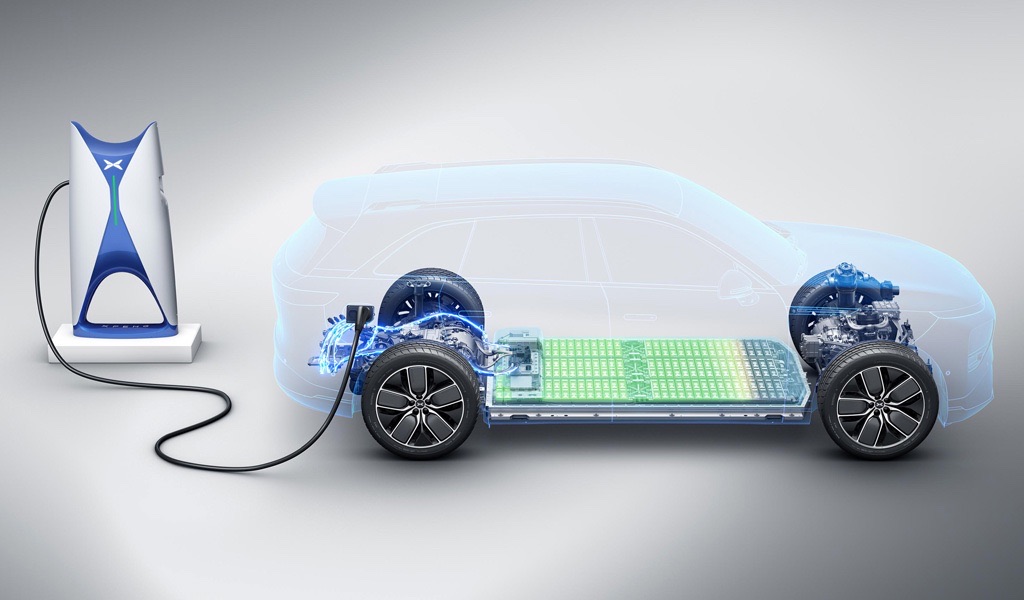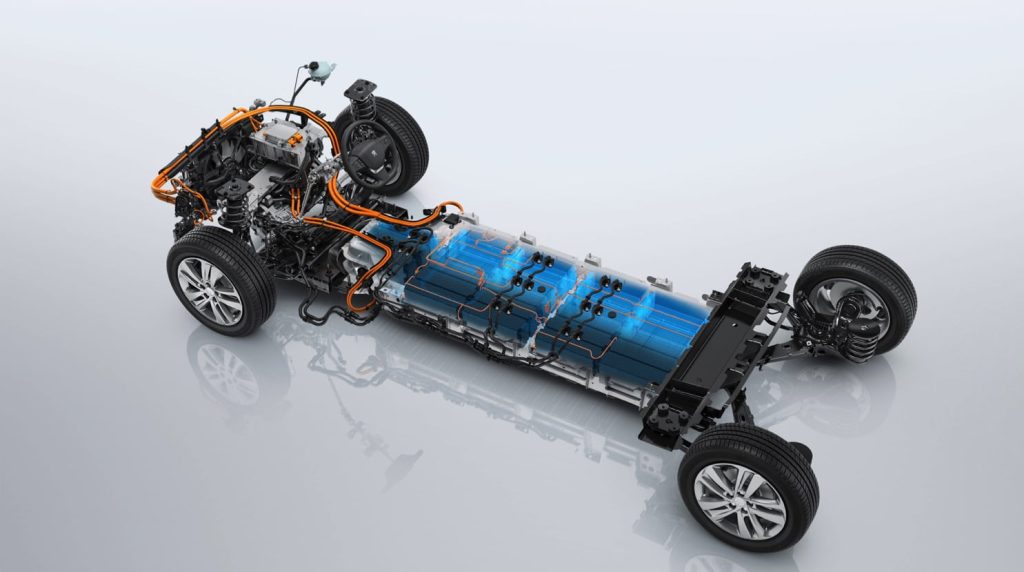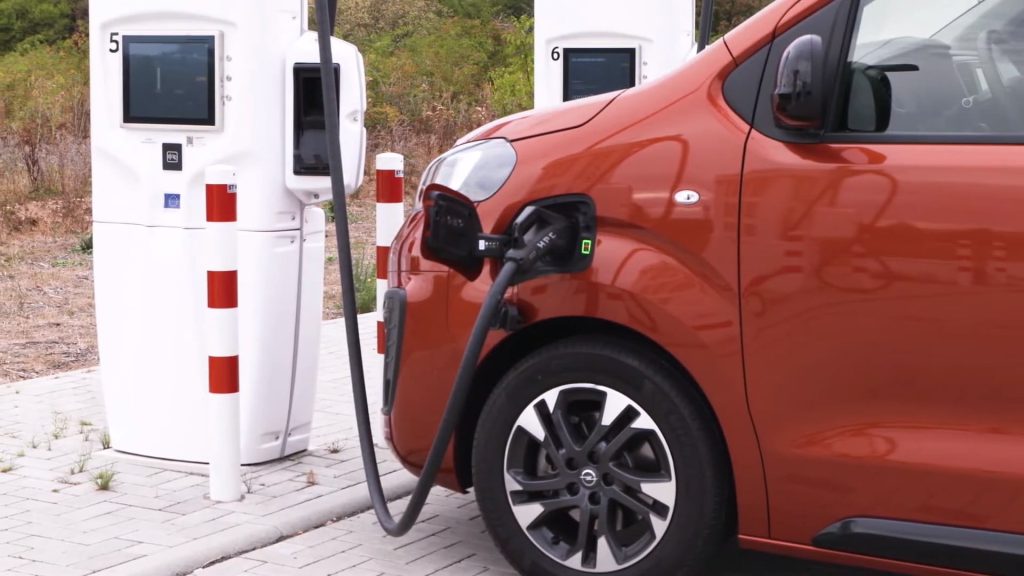Introduction: In the era of sustainable transportation, all-electric cars stand at the forefront, reshaping the way we move. These eco-friendly vehicles have captured the imagination of environmentally-conscious consumers and tech enthusiasts alike. But how do these sleek machines, devoid of traditional internal combustion engines, harness the power to zoom down the road silently? Let’s delve into the inner workings of all-electric cars.

Electric Motors: The heart of an all-electric car lies in its electric motor. Unlike the familiar roar of a combustion engine, electric cars are propelled by electric motors that operate with a hushed efficiency. These motors convert electrical energy into mechanical energy, driving the wheels to propel the vehicle forward.
Battery Pack: Fueling this silent revolution is the battery pack, a sophisticated array of lithium-ion cells. Acting as the energy reservoir, these batteries store electricity to power the electric motor. The capacity of the battery determines the car’s range, with advancements in battery technology continually extending the distance these vehicles can travel on a single charge.

Charging Infrastructure: Charging an all-electric car is a pivotal aspect of ownership. Owners can recharge their vehicles through various methods, including home charging stations, public charging points, and the rapidly expanding network of fast-charging stations. The charging time depends on the charging level – from standard overnight charging at home to rapid charging options that can provide a significant boost in a matter of minutes.
Regenerative Braking: All-electric cars also boast an innovative feature known as regenerative braking. This technology harnesses the kinetic energy produced during braking, converting it back into electricity to recharge the battery. Not only does this enhance energy efficiency, but it also extends the overall range of the vehicle.

Power Electronics and Inverter: Electric cars feature power electronics and inverters that play a crucial role in managing the flow of electricity between the battery and the electric motor. The inverter converts the direct current (DC) stored in the battery into alternating current (AC) used by the electric motor.
Electric Vehicle Control Unit (VCU): The Electric Vehicle Control Unit acts as the brain of the electric car, coordinating the various components to optimize performance, efficiency, and safety. From managing battery temperature to controlling the power output, the VCU ensures a seamless and reliable driving experience.

The Driving Experience: Beyond the mechanics, the driving experience of an all-electric car is a revelation. Instant torque delivery provides swift acceleration, and the absence of engine noise creates a serene environment for passengers. With fewer moving parts, electric cars often require less maintenance, contributing to their appeal.
Conclusion: All-electric cars represent the vanguard of a cleaner, more sustainable future in transportation. As technology advances and infrastructure continues to grow, the electric revolution is set to transform not just the way we drive but also our impact on the environment. The synergy of electric motors, advanced batteries, and smart control systems is propelling us towards a future where the roads are not just navigated but navigated sustainably.

temp mail
This resource is fabulous. The wonderful data exhibits the essayist’s earnestness. I’m stunned and expect more such astonishing presents.
estepan
Thank you so much for your lovely comment.